Guide: Get "Ungated" for Almost Any Brand or Category on Amazon
The step-by-step process I used to ungate brands like Nike, Adidas, Sony, Nintendo, Microsoft and many more.
What is “ungating” on Amazon?
Unlike marketplaces like eBay, new sellers on Amazon can’t simply sell any product they want to. Certain product categories and brands have restrictions that require special approval to sell. The process to remove those restrictions is called ungating. This guide will walk you through how to get ungated on Amazon and selling in those restricted categories.
There are two methods to get ungated on Amazon for brands and categories. The first is called auto-ungating. Auto-ungating is when Amazon lifts the restrictions on a category/brand based on a seller’s performance. As you sell for a longer time, sell more items, and collect positive feedback—restricted categories/brands will start to automatically ungate.
Of course, that doesn’t help new sellers who haven’t built up those account metrics. For new sellers, they’ll need to ungate using the invoice method. The invoice method requires obtained a purchase invoice from an authorized distributor or manufacturer and providing it to Amazon.
No idea what that means or how to get an invoice? No worries. This entire guide will focus on the invoice method.
Does this guide work for all categories and brands?
As you’re about to discover, the process to get ungated on Amazon is the same across most categories and brands. For any ungate, you’ll have to hunt down some documentation, which I’ll show you how to do. While some categories may require extra documentation aside from an invoice, I’ll do our best to flag those along the way.
This guide will focus on the process to get ungated on Amazon for certain brands and categories. While I do have a cheat sheet of distributors and suppliers you can use to ungate many brands, I can’t cover them all. If a brand isn’t covered in our cheat sheet, I hope you can use the steps outlined below to source your own distributors and suppliers, like the Amazon Pro you strive to be.
Let’s dig in, shall we?
Why does Amazon gate certain categories?
Understandably, Amazon’s restrictions on certain categories, like Toys & Games, are a major point of frustration new sellers. For folks coming over from marketplaces like eBay, most of your frustration might be because you don’t know why Amazon restricts categories.
Is it just to make seller’s lives more difficult?
Well, no. Amazon doesn’t want to just make you suffer (usually). It’s because even though Amazon offers an individual seller plan, it’s marketplace truly doesn’t cater to individuals. Amazon only wants legitimate sellers—not to be confused with big sellers. Their obsession with providing the highest level of customer service means putting up higher barriers of entry to their marketplace.
Typically, those barriers of entry revolve around safety and authenticity.
Selling toys? Amazon needs some level of comfort that you’re not selling knockoffs that could have harmful chemicals.
Selling Nike shoes? They want to prevent a flood of counterfeit claims.
But here’s the thing — those barriers of entry are a good thing. The higher the barrier of entry on Amazon, the less competition. With less competition comes more opportunity.
Besides, this guide is designed to help you knock down those barriers.
Need to ungate a brand now?
A brief plug for The Vault, a special resource for our paid subscribers. The Vault contains a cheat sheet of 2,000+ brands you can ungate using the distributors I’ve researched for you. Check it out.
What Amazon categories are restricted?
Below is the list restricted categories according to Amazon Help Documentation.
While these categories are the ones officially listed, I have seen sellers separately restricted for additional categories such as Grocery & Gourmet or Toys & Games (beyond holiday season).
Is there a list of restricted brands?
There is no official list of gated brands on Amazon. Brands are restricted almost entirely based off of your seller performance (volume of sales, feedback, account health, etc.). While many brands will auto-ungate as you sell more, you can get ungated on Amazon for brands quicker using the invoice method discussed in this guide.
What do you need to get ungated on Amazon for categories and brands?
To start the ungating process, attempt to add a restricted product to your inventory within Seller Central. If the product falls under a restricted category or brand, you’ll see an option to Apply to Sell.
You should find yourself on a screen that lists the documents Amazon needs to ungate the category or brand. That screen should look something like this:
Depending on the product you’re trying to sell, at a minimum you’ll be asked for one of the following:
Invoice from an authorized distributor
Pictures of your purchased products
What is an authorized distributor?
This is a term a lot of people get tripped up on. In the retail supply chain, a distributor is the middle man between the manufacturer and the retailer. For example, a distributor would buy from Hasbro (manufacturer) and then sell to retailers like Target and Walmart (retailers).
You must obtain an invoice from a distributor. You cannot get ungated on Amazon using a Walmart receipt.
In order to obtain an invoice from a distributor, you’ll need to find one, apply for an account, and make a purchase once approved.
Sounds scary and intimidating? No worries – it’s a lot easier than it seems. Let’s move onto the exciting part.
How to get a distributor invoice
Step One: Find a distributor
To get an invoice from a distributor you’ll need to find a distributor first, of course. Since distributors operate within the business-to-business space, you probably don’t know of any distributors off of the top of your head.
For whatever reason, this is where I start to see new sellers doing some silly things — like paying for the name of a distributor. As you’re about to see, finding a distributor is not difficult.
But first, let’s learn to fish.
Search for distributors on Google
When in doubt, turn to Google. While this pains us a bit to type, here’s a list of Google search terms you’ll want to use when trying to find your next distributor.
[Category or Brand Name] distributor
[Category or Brand Name] wholesaler
[Category or Brand Name] supplier
[Category or Brand Name] authorized distributor
[Category or Brand Name] distributor/wholesaler/supplier in [Local City/State]
[Category or Brand Name] distributor/wholesaler/supplier near me
You see why I don’t want you paying for distributor names now? You’re a Google search away! So, let’s try it.
Take a look at the Google search results pages when I search for “Toy distributor”. What do you see?
With that one Google search, I see seven viable distributors that you can use to obtain an invoice. Click a few of the listings and browse their websites. If you see logos and names of major retail brands like Hasbro or Mattel, that’s a good sign.
Pro tip: Don’t ignore the paid search results. Distributors that are paying advertising dollars for new business indicate it will be relatively easy to obtain an account with them. You won’t find profitable products, but that’s okay if it’s only for ungating purposes.
Found a distributor that looks promising? Because this is B2B sales, you can’t just add a bunch of items to your cart and be on your way (yet). You’ll first need to apply for an account with the distributor.
Skip the research phase with our distributor cheat sheet
Again, you don’t have to bother with the research if you’re a paid subscriber with access to The Vault. It contains a cheat sheet of 2,000+ brands you can ungate using the distributors I’ve researched for you.
Open an account with the distributor
Look for an option to apply or open an account on the website. They’ll most likely offer an online application. While most questions are straightforward, here’s three items you’ll most likely need to apply:
Resale certificate (required) – If it’s a legitimate distributor, they’ll almost certainly ask for your resale certificate. A resale certificate is a special document issued by your state that allows you to purchase goods without paying sales tax, so long as you plan to resell them. As long as your resale certificate is registered to your personal name or your business name you should be good to go.
You only need a resale certificate for the state your business is based out of. Check out Harbor Compliance for instructions on how to obtain a resale license within your state.
Business name or DBA (recommended)– To improve your chances of being approved by the distributor, I recommend applying under a business name rather than your personal name. When applying under a business name, ensure the business name matches your Amazon account name. This will be important when submitting your invoice later on.
Do I need a DBA (Doing Business As)? A DBA is a document you file at the state-level to say you are operating under a different name than your personal/business name. For example, if you have an LLC called Bongiovanni Supply LLC, but your store name is Online Toy Outlet, you could register a DBA for “Online Toy Outlet”.
At this stage in the game, you probably don’t need a formal DBA just yet. Just be sure your distributor includes your Amazon store name on the Company Name line of your shipping address.
Business email address (recommended) – For B2B sales, is a distributor more likely to approve an account from onlinetoyoutlet@gmail.com or dbongiovanni@onlinetoyoutlet.com? Could you get away with the former? Maybe. But you’ll want that business email on your Amazon journey sooner than later.
Getting a business email address is affordable and you don’t need to be a tech wizard. WPBeginner has a great tutorial on how to register a business email address. I personally have my business email setup through Google WorkSpace.
With those three items, you should be all set to apply. After submitting your application, the distributor should approve and open your account within a few days.
“The sky is falling! I got rejected by my distributor!”
If you are rejected by one distributor, don’t obsess over it. It’s very common. Rather than try to convince that distributor to give you another chance, save yourself the headache and move onto the next distributor application.
Step Three: Place your first order
Once approved, it’s time to place your first order! Your supplier may take offers through an online catalog or you may be asked to submit orders via email based off an excel document. Either way, here are some things to keep in mind:
This isn’t Walmart clearance. You’re not sourcing for profits. Ungating is an investment in your business. If you can find products where you’ll make a small profit or break even — great! However, I’ve purchased plenty of products at a $1-5/unit loss for the sake of an ungate.
You’ll need to purchase at least 10 units (not cases). Amazon requires you to show a purchase of at least 10 units of a specific product. When purchasing from your supplier, make sure you pay attention if they case-pack shipments. For example, if they offer cases of 6 units each, you’ll only need to purchase 2 cases (12 total units).
Make sure the product you purchase is gated on Amazon. When applying to get ungated on Amazon for a category or brand, you’re going to be submitting your application in relation to a certain product (ASIN). So, if you’re buying a specific Barbie doll from your distributor to ungate the Toys & Games category, ensure you are gated for that product on Amazon so the application aligns to the invoice.
Important: When placing your order ensure both your Amazon store name and even personal name are on the shipping address. You’ll also want to ensure the shipping address is the same as the address you have on file with Amazon.
Once you place your order, you may be issued a pro forma invoice. A pro forma invoice is the invoice issued before they actually ship your products. Typically, Amazon rejects pro forma invoices (though it depends on the reviewer). You’ll need to use the invoice issued to you once your products are shipped and paid for.
Submit your invoice and application on Amazon
Upload your invoice
Now that you have your invoice, jump back over to Amazon to submit your application.
When applying to ungate a category or brand, you’ll first be asked to identify if you are a reseller/distributor or manufacturer. Select Reseller/Distributor.
You’ll now be asked to submit a purchase invoice. Ensure your invoice matches all of the listed requirements and then upload either a PDF or picture of your invoice.
Under Optional Comments, I usually provide the number of units purchased, the corresponding ASIN, and the name of the distributor for good measure. For example, “Purchase of 12 units (ASIN: XXXXXXXX) from Toy Wholesaler Inc.”.
Take and upload product photos
Taking photos is fairly self-explanatory based on the listed requirements. Take a combination of group photos and close up individual photos.
Amazon needs to see you did, in fact, purchase the number of units you said you did. But they are also interested in verifying the manufacturer information printed on the packaging. Be sure all text is legible so they can check names, addresses, model number, product name, etc.
Obtain category-specific documentation (optional)
Certain categories or brands may request special documentation beyond an invoice or product photos. In that case, you’ll most likely need to work with your distributor to obtain those documents.
Child Protection Certificate (CPC)
A Child Protection Certificate (CPC) is a special document that proves that a toy has passed certain safety requirements for use within the United States. Occasionally, Amazon may request a CPC to ungate a certain ASIN.
To obtain a CPC, reach out to your distributor and simply ask! Most maintain CPCs on-hand for their popular products.
If they do not have the CPC handy, you can reach out to the manufacturer directly. They must have CPCs for each children’s toy they produce. Many times, CPCs are even publicly available on the manufacturer’s website. For example, Hasbro Product Safety Requests can be made directly on the Hasbro website.
FDA registration information
For certain food and drug products, Amazon may request FDA registration information. Similarly, you can work with your distributor to obtain this registration info or you can look it up yourself.
Lookup the product on the FDA website and take a screenshot of the registration information to submit to Amazon.
Wait for approval
Depending on the category or brand, approval for applications can vary wildly. I’ve seen approvals for Toys & Games take anywhere from six hours to six weeks. If it extends beyond six weeks, you can submit a follow up on your application status.
The team that reviews your application is not Amazon customer service. Be kind and be patient.
And that’s it! If all goes according to plan, you’ll wake up to an email one morning congratulating you on your approval to sell.
Troubleshoot issues with Seller Support
I get it. It can be insanely deflating to wait six weeks for approval only to have your application rejected. To add confusion and hurt to the mix, Seller Support’s reason for rejecting your application will be extremely vague. For example, “Invoice was missing required product details.”
However, this not the time to blow up and throw a tantrum at Seller Support. Nor is this the time to give up. You are so close. Here are some troubleshooting steps to consider:
Simply resubmit the application. Yup. Many times it’s luck of the draw on who reviews your application. There’s a good chance that the person reviewing yours simply missed the information on the invoice, misinterpreted it, or simply doesn’t understand their own requirements. Not comforting, I know. But this is the reality.
Annotate the invoice. Consider using a digital tool to highlight and label key information on your invoice. Again, we want to make the review process as dummy-proof as possible. Label your seller name, address, distributor name, invoice date, product name, and number of units purchased to make is incredibly clear that you meet the requirements.
Take clearer product photos. If you’re photos are meeting all of the requirements, it could be an issue with your picture clarity. Triple check all the text in your photos is legible.
Try another distributor. As a last resort, consider purchasing from another distributor. There’s a possibility that your distributor’s invoice somehow doesn’t match Amazon’s requirements or Amazon flags it for whatever reason. Again, I wouldn’t take this approach until you’ve submitted the application several times.
Conclusion
It can seem like a lot of hoops to jump through to get setup with a distributor that first time around. However, putting in that upfront work will pay back huge dividends after you’re able to source highly profitable products/brands.
Remember, everyone else is gated in these products too. While you put in this work, 95% of others give up midway through. That means less competition on the other side of this barrier. You’ve got this.
Need to ungate a brand now?
The Vault, a special resource for our paid subscribers. The Vault contains a cheat sheet of 2,000+ brands you can ungate using the distributors I’ve researched for you. Check it out.




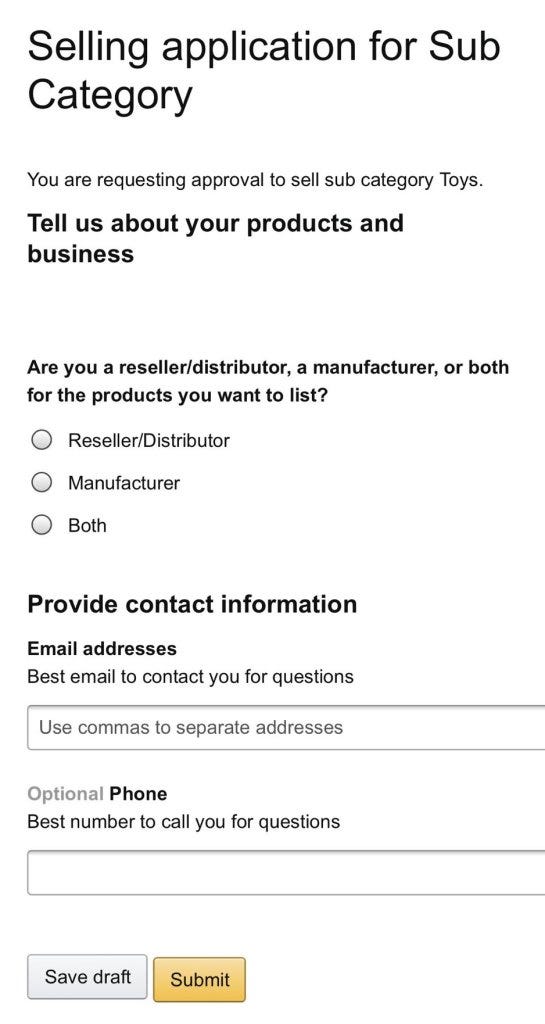
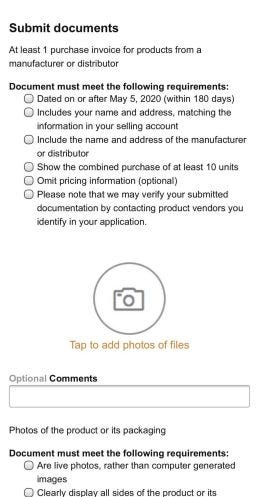
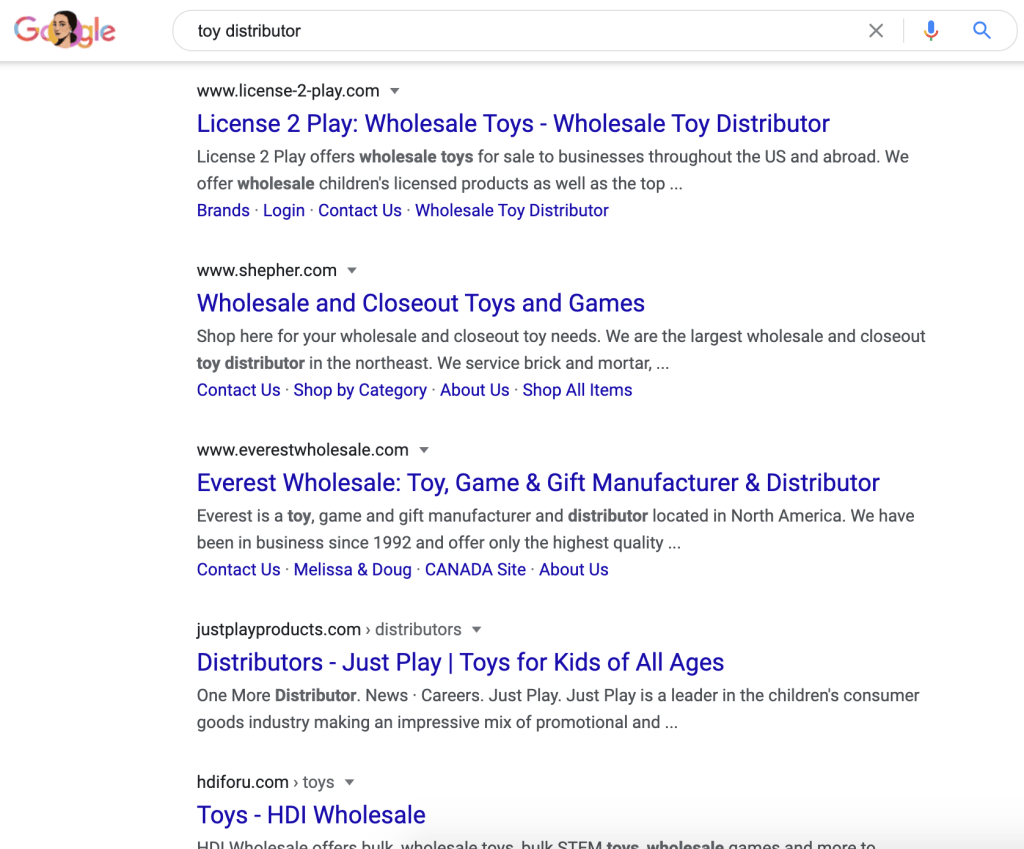
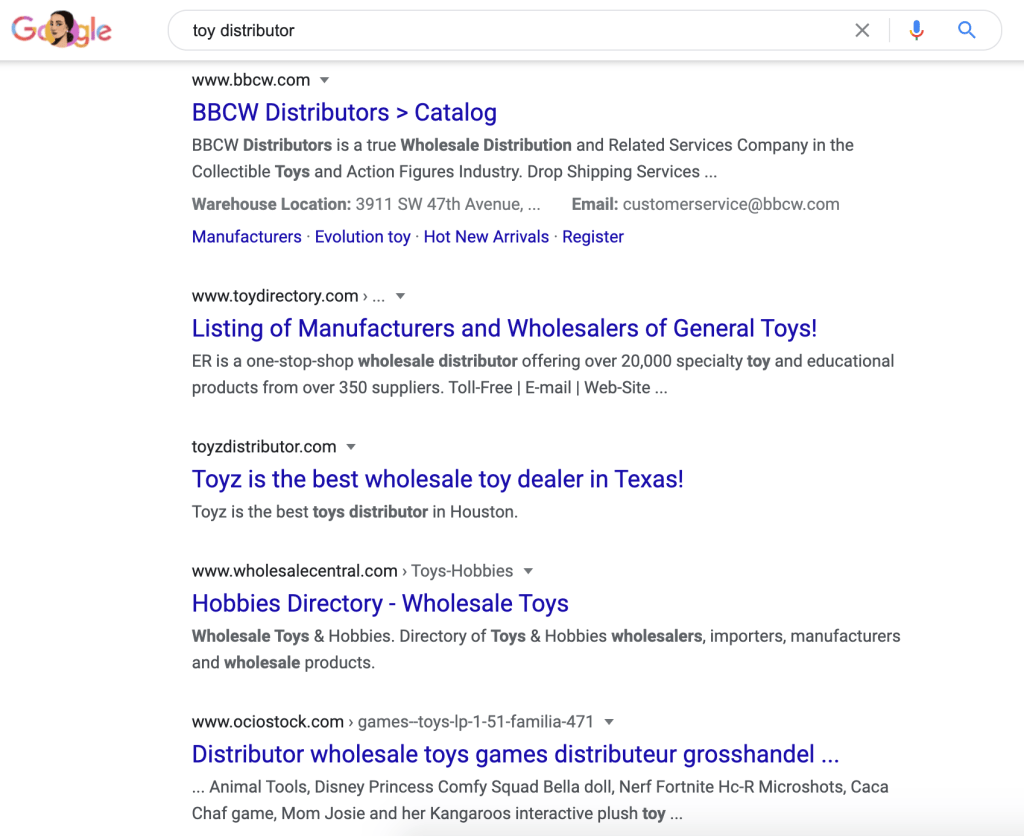
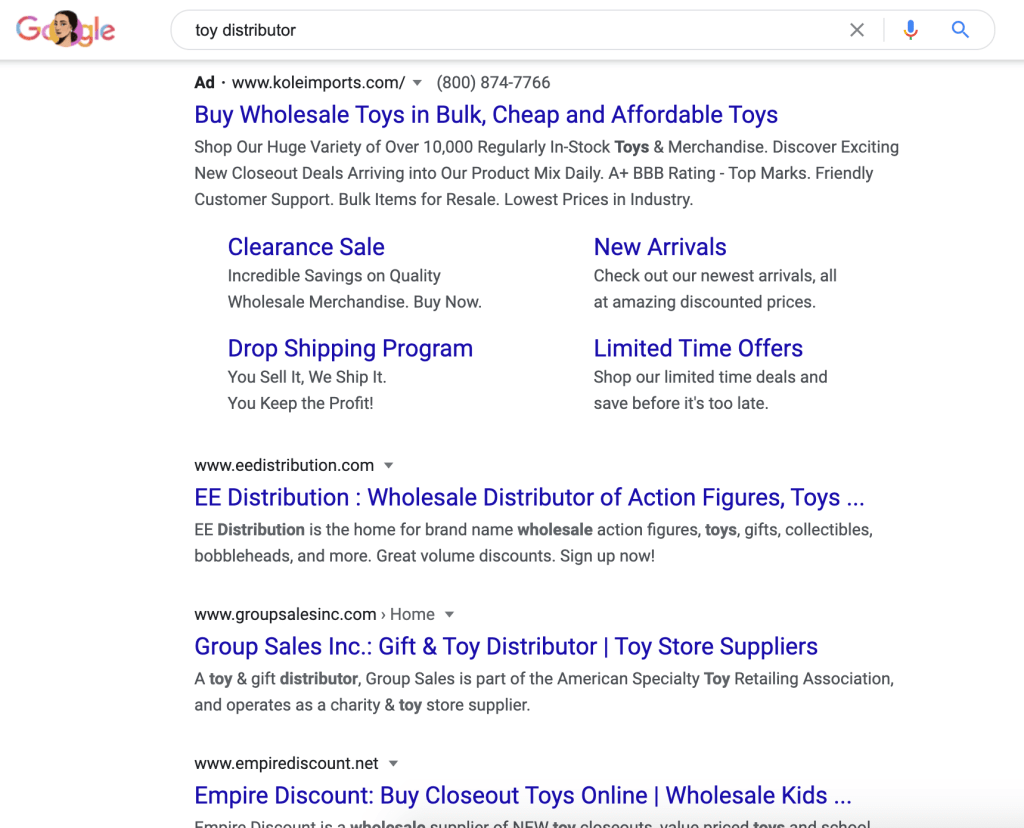
try enabling TTS homie